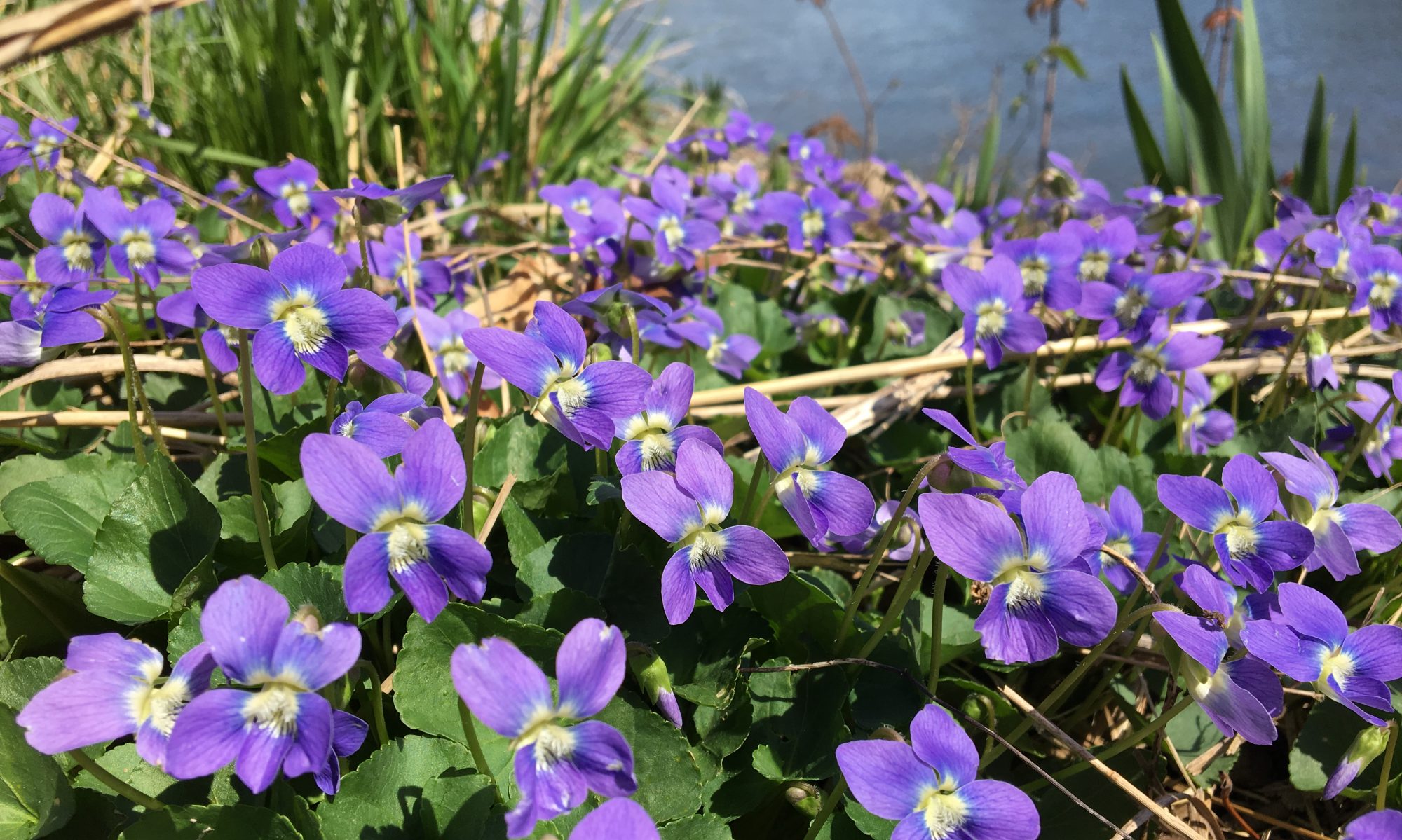In the Ornamental Garden:
- Plant summer-loving bulbs like Gladiolus, Elephant Ears and Caladium now.
- Plant dahlias after mid-May. They will start blooming in July until hard frost.
- Clematis need full sun but their roots need to be kept cool with mulch and preferably with low perennials or groundcover to help shade their crown.
- Prune spring-flowering shrubs such as forsythia, viburnum and lilacs after they bloom.
- Plant perennials, annuals and herbs after mid-May.
- Watch for European pine sawflies on Scotch, Red, Jack, and Mugo pines. Larvae have a black head, black legs and dark stripe bordered by white stripes on their sides. If they are present pick up pesticide from store to treat the tree.
- Make homes for toads by taking small clay pots, use a hammer to chip off a small ‘door’, and invert and place in a shady spot in the garden. Toads eat cutworms and other insects.
In the Edible Garden
- Grow cucumbers and mini-melons on trellises to save space and improve air circulation. This will reduce disease problems. Use old pantyhose by cutting off the legs and use the legs to create hammocks to support melons as they mature.
- Plant flowers in the vegetable garden. They attract beneficial insects and make the garden pretty.
- The Agricultural Research Service found that size and quality of tomato harvests increased significantly when plants were grown over red plastic. Potatos and green peppers produced best when grown over white plastic.
- Tomatoes, cucumbers, squash, peppers, melons and eggplant need at least 8 hours of sunlight for best fruit production.
- Plant warm season vegetables such as tomatoes, peppers, eggplant and vine crops after mid-May.
In the Indoor Garden
- Move houseplants to the outdoor garden when night temperatures remain above 55 degrees.
- Increase your houseplant collection by taking cuttings. Root the cuttings in perilite, potting soil or vermiculite.
- Always water houseplants before fertilizing. Fertilizer will burn the roots of dry plants. Never fertilize a wilted plant.
